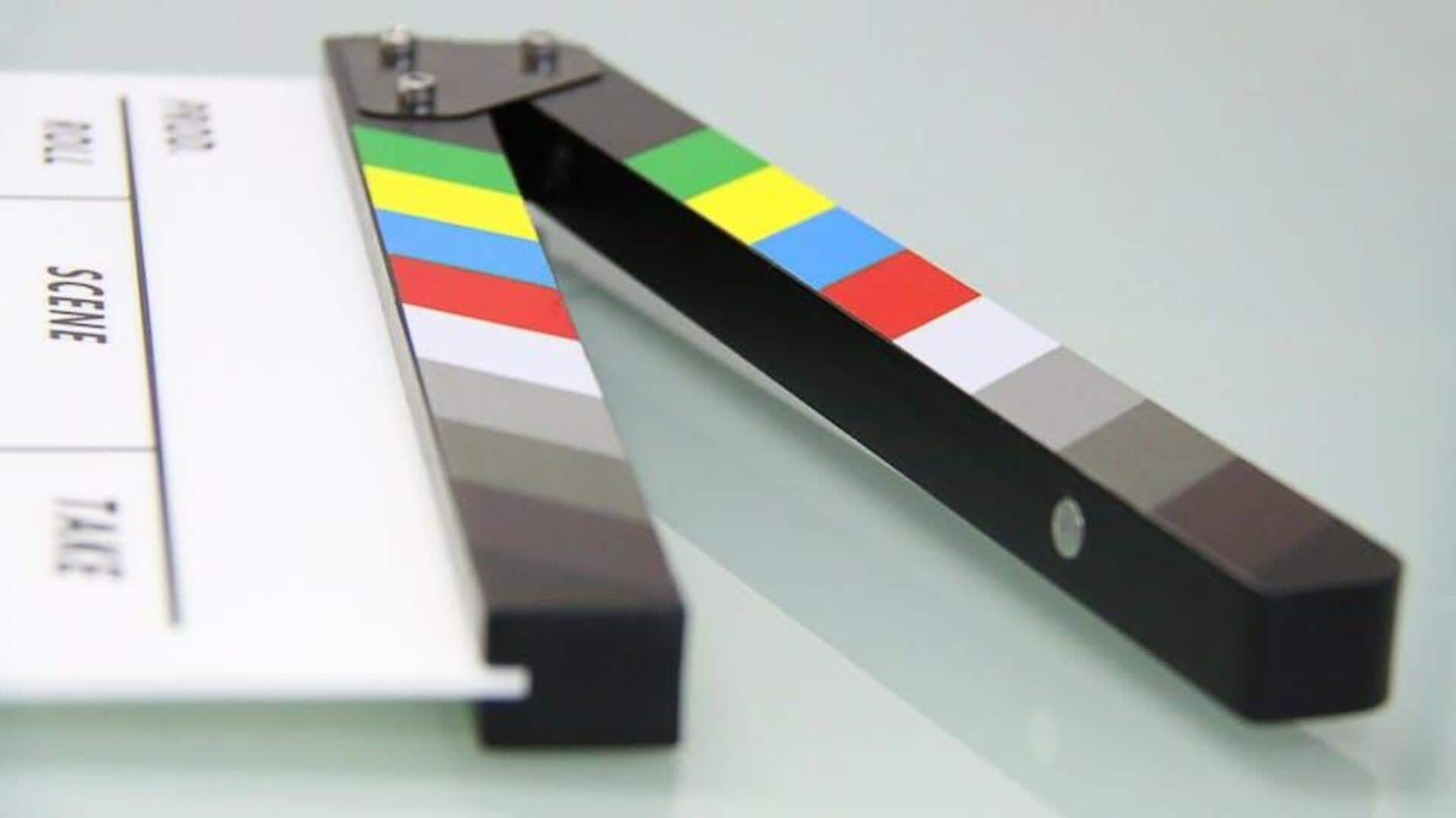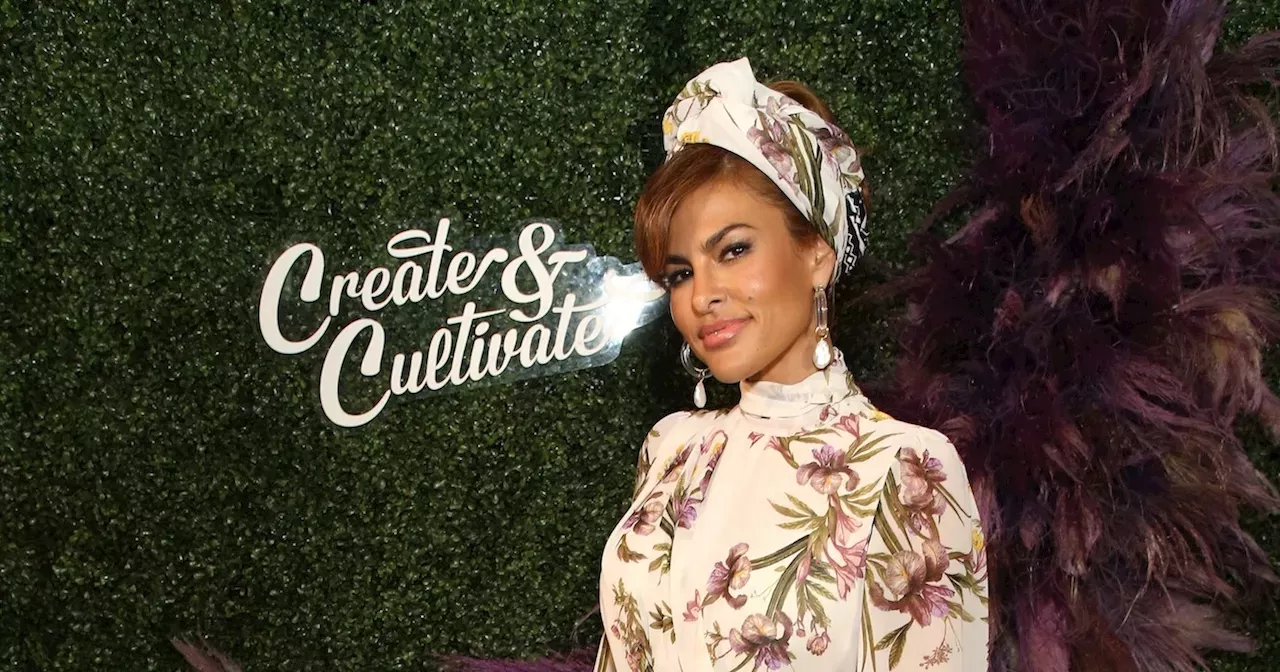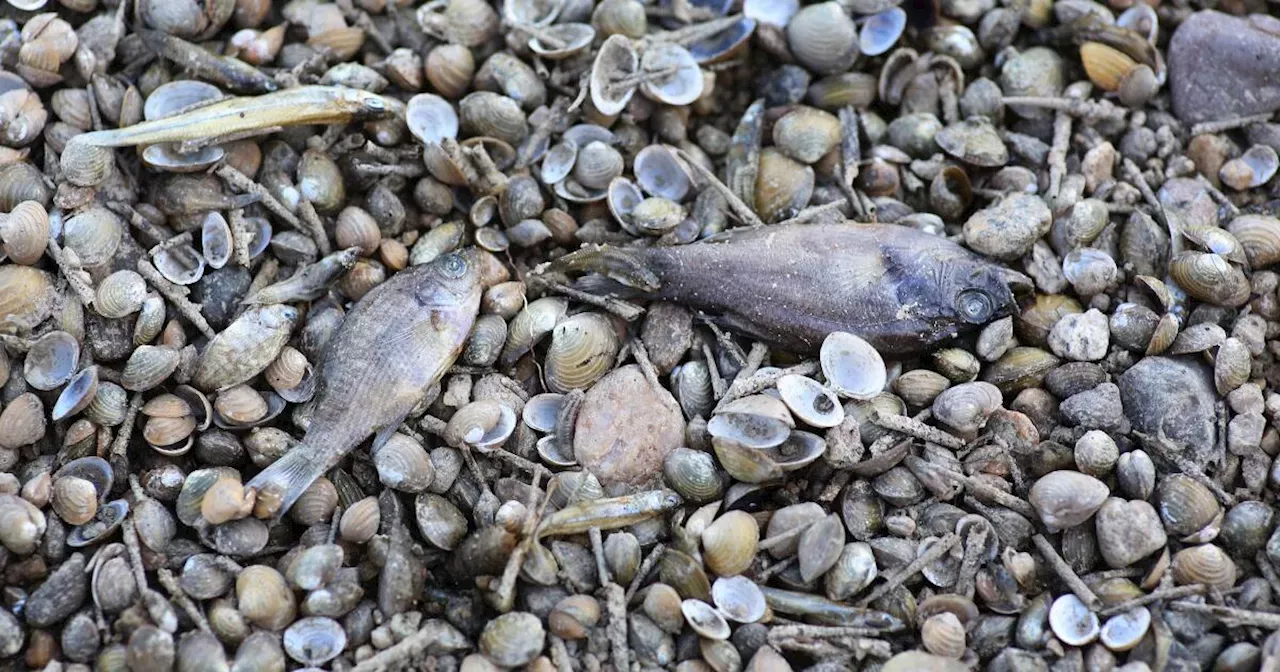By Patrick Mooney, Ken Rosenthal and Will Sammon MLB trade deadline watch is a collection of news and notes from our reporting team of Patrick Mooney, Will Sammon, Katie Woo and Ken Rosenthal. With a losing record and so many teams in front of them in the National League, the Chicago Cubs don’t foresee a scenario in which they become buyers at the July 30 trade deadline, according to sources familiar with the team’s plans. That comes with an acknowledgment that the Cubs don’t have great pieces to sell, though they do have an expectation to contend in 2025, leaving them stuck in the middle.
Advertisement Unless the Cubs somehow get creative and become opportunistic. Most front offices use those buzzwords at this time of year, and the Cubs remain in listening mode. Though the asking price would surely be astronomical, those conversations could theoretically include offers for standout left-hander Justin Steele .

But the Cubs aren’t going to stretch to acquire two-month rental players and hope things suddenly get better. After 101 games, the Cubs are five under .500 and a half-game out of last place in their division.
Losing their first series out of the All-Star break slowed any sense of momentum. “We’re not in good shape,” Cubs manager Craig Counsell said Sunday at Wrigley Field. “We got to get it going fast here.
” The Cubs avoided a sweep with a 2-1, 10-inning win over the Arizona Diamondbacks that left them only 3 1/2 games out of the last wild-card spot. But the conversation has already shifted toward what degree the Cubs will sell or whether they will mostly stand pat. The Cubs don’t feel any internal pressure to make moves just to duck beneath this year’s $237 million luxury-tax threshold.
The potential options are generally limited by players who are either injured, underperforming or working with no-trade clauses. The organization also isn’t interested in adding extra A-ball prospects to the farm system. Any idea of moving someone like Nico Hoerner , a Gold Glove second baseman who can also play shortstop, would have to involve receiving legitimate contributors who can be plugged into next year’s team.
Or another package of right-now talent that exceeds Hoerner’s value as a player who produced 9.3 WAR over the previous two years, per Baseball Reference, and remains under club control for the next two seasons. In late July, playoff contenders usually aren’t looking to make those types of subtractions.
Advertisement In Steele, the Cubs have at least one intriguing piece, though there is little reason to think that he is going anywhere. Like Garrett Crochet , the pitcher the Chicago White Sox have dangled on the trade market, Steele is an All-Star lefty who got his major-league start in the bullpen and has multiple years of arbitration remaining. The biggest difference is that Steele’s workload last season alone (173 1/3 innings) nearly eclipses Crochet’s entire major-league total (180 1/3 innings).
Meaning there are no questions about whether Steele can pitch into October. Again, the Cubs would set such an astronomical price that there’s no expectation that Steele is about to get traded. The Cubs have not approached him about a long-term contract extension, but that possibility could be explored this winter.
He’s a player to build around as a homegrown pitcher who sets an example for teammates, works well with the coaching staff and connects with the fans. This year could have been different with better health, better luck in one-run games (15-20) and better performances from big-name hitters like Cody Bellinger and Dansby Swanson . The state of the NL is such that one more good week could have changed the entire outlook.
This won’t mean reinvestment at the trade deadline, but the internal belief is that the Cubs are not that far away from the team that quickly pivoted to buyers last year, finishing with 83 wins when 84 was good enough for the Diamondbacks and Marlins to make the playoffs. “There’s a bunch of little things that can add up over the course of a season and swing a handful of games a bunch of different ways,” Steele said. “That’s probably what’s happening.
I’m very confident that this team is better than last year’s team. We’re definitely capable of being in the exact same situation as we were last year. We were just one game out last year, and the team that took our spot went all the way to the World Series.
” Advertisement Rays still look like sellers They are one game above .500. Their minus-58 run differential is the fifth-worst in the American League.
And even though they have won seven of their past eight series and could clinch another against the Yankees on Monday, their playoff odds are hovering around 20 percent. The Rays continue to look like sellers, but as usual with Tampa Bay, there is a twist. Under president of baseball operations Erik Neander, the team generally exercises greater sensitivity when it comes to trading players under below-market extensions or multiyear free-agent contracts.
That doesn’t mean the Rays won’t move any number of players who fit one of those descriptions or the other — right-hander Zach Eflin and closer Pete Fairbanks , first baseman Yandy Díaz and second baseman Brandon Lowe . But they are more inclined to trade players going year-to-year — most notably on the current roster, left fielder Randy Arozarena . The way the Rays see it, if a player commits to them, they assume a certain obligation to the player.
In Nov. 2020, after right-hander Charlie Morton ’s two-year, $30 million free-agent contract expired, they declined his $15 million option rather than exercise it and trade him. The move enabled Morton to become a free agent, and he signed for the same $15 million with the Braves , a team with proximity to his home in Bradenton, Fla.
, both in spring training and during the regular season. Last offseason, the Rays did a similar thing with righty Tyler Glasnow , who was entering the second year of a two-year extension, valued at $25 million. Glasnow had leverage.
He effectively could rule out certain teams by telling Neander he would only stay with them for one season before entering free agency. But when Neander sent him to the Dodgers , it was a win-win for all parties. Glasnow got everything he wanted — market value with a four-year, $111.
5 million extension, the opportunity to join a World Series contender, the chance to go home to Los Angeles. If the Rays drop, say, five of their next seven games against the Yankees, Blue Jays and Reds , Neander will do what he must, particularly with the team facing a difficult schedule in August. Still, he operates with a goal of showing respect to players who agreed to multiyear deals with Tampa Bay, often at club-friendly prices.
Sometimes he trades them anyway. But those commitments are at least a consideration. Mets slugger Pete Alonso has just two July homers New York Mets star first baseman Pete Alonso says he isn’t pressing, that all the noise about the trade deadline, his club’s playoff chances and his impending free agency hasn’t made him add any pressure on himself.
Advertisement But some of his numbers, particularly his splits with runners on base, look off compared to his career norms. In 2024, Alonso owns a .722 OPS with runners in scoring position and a .
697 OPS with men on base. Both numbers are below league average, relative to the split. For his career, Alonso owns a .
918 OPS with runners in scoring position and a .877 OPS with men on base. Sometimes, that kind of thing can be the product of a player pressing.
Sometimes, that kind of thing is just a function of poor fortune. Sometimes, it’s a combination. “I think I’ve been handling everything very well,” Alonso said in response to a question about dealing with additional pressure in an interview before Sunday’s game, in which he went 0-for-3 with runners in scoring position.
“Obviously doing the best I can; there’s a lot of baseball left, and not just as a team but personally as well. “With my process and how I’ve approached everything, I’ve felt like I’ve been myself and that is all I can ask for. Me just being the best version of myself is just what’s best for the club.
” The Mets (50-48) need to win over the next week and a half to cement their status as legitimate contenders in a crowded NL field before the July 30 trade deadline. They’ve done well to turn their season around, but from Alonso’s perspective, more work remains. “These 10 games are going to create more clarity and perspective to see where the season is going, and not just for us but for the vast majority of the National League,” Alonso said.
“Ten games is a double-edged sword. It’s a short amount of time and a long amount of time. These games are really important.
” Alonso wants to experience a deep playoff run in New York. Since he won the Rookie of the Year Award in 2019, the Mets have made the playoffs just once, when they were bounced in the first round in 2022. With his future beyond this year in New York remaining a question, time may be running out for Alonso to achieve that goal with the Mets.
Advertisement “As magical as 2019 was for me as an individual, going to the playoffs would’ve capped it off and made it all-time,” Alonso said. “My favorite year here was ‘22. Having that playoff experience, it’s unforgettable.
It’s addicting. You want to get back there. You want to perform.
You want to put yourself in that position. Us getting there would mean so much. From where we came, and the resiliency aspect, to earn that would be all-time.
” The Mets could use more out of Alonso — while they still have him. The more the Mets win, the less likely they are to sell off many veterans on expiring contracts. But they have plenty of those — Luis Severino , J.
D. Martinez , Jose Quintana and Harrison Bader , to name a few — with Alonso being the biggest name. Alonso has hit just two home runs in July with a .
206 batting average and .576 OPS. For the season, a lot of Alonso’s numbers are in line with his career rates — such as his walk and strikeout figures — but his power is down.
He has 19 home runs with a .450 slugging percentage (.518 career slugging percentage).
“For me, I’m proud of what I’ve done, not just this year but in years past,” Alonso said. “I’ve emptied the tank every single day. I’ve done the best I could.
I haven’t left any stone unturned when it comes to preparing and getting my body and mind ready to play. I feel like what I’ve accomplished, it’s been really special, and I want to keep continuing pursuing excellence.” Diamondbacks confident as deadline approaches The Diamondbacks have three pitchers on the injured list — Jordan Montgomery , Eduardo Rodriguez and Merrill Kelly — who could form a playoff rotation once they’re healthy.
General manager Mike Hazen intends to buy at the trade deadline, per the Arizona Republic , with the bullpen a potential focus. And after winning three postseason rounds last October — and turning this season around — their clubhouse is brimming with confidence. ”Right now, at least from the players’ perspective, our energy is: Win today,” first baseman Christian Walker said.
“We trust Hazen and the front office to put us in a spot to win. If we do stuff, great. If not, we can still go out and win a World Series.
” That didn’t look like a realistic scenario when the Diamondbacks were seven games under .500 at the end of May. But they have won 12 of their past 14 series to move to 51-49 with a positive-22 run differential.
Extra revenues from last year’s playoff run have pushed the payroll into the franchise-record range of $170 million. Among that cluster of teams behind the Atlanta Braves competing for the final two wild-card spots, the Diamondbacks might have the best fundamentals. And they have a certain swagger, too.
This year’s top three teams in the NL — the Philadelphia Phillies , Los Angeles Dodgers and Milwaukee Brewers — were the three clubs that the Diamondbacks bounced from last year’s playoffs. Advertisement “That’s the standard,” Walker said. “That’s good, but that’s a little unfair, right? Because now we’re identifying with a result, and now we’re back chasing our tails in a circle again.
It’s back to the preparation and having fun in the dugout. All that s— is stuff that we can control. “To come out and be like, ‘Nothing short of a World Series this year.
’ Yeah, no doubt, that’s the f—ing goal, right? But a lot can happen out of your control. You can come up and execute your plan perfectly and still lose a game. It’s the beauty of what we do.
There were expectations early and it was easy to forget how hard it was to get in. “A couple things could have gone a different direction (at the end of last season) and we would have been sitting on our asses. It’s understanding that, too, and letting that humble you a little bit.
You still got to earn it every day.” That’s how Walker became a two-time Gold Glove winner who has launched 91 home runs since the start of the 2022 season. He acknowledged the “real possibility” that his name could have been involved in trade discussions if the Diamondbacks hadn’t put together this sustained stretch in June and July: “It’s just the nature of what we do.
You’re not in the fight, let’s get something.” Walker is 33 and positioned to become a free agent after this season. He has the perspective of a late bloomer who had been claimed off waivers by two other teams before the Diamondbacks selected him just before Opening Day 2017.
He will get paid because he hasn’t let any of this become a distraction. “Baseball’s a good test for: What did I do today?” Walker said. “Did I put myself in a position to be successful today? For me, usually those answers don’t lie.
” (Top photo of Cubs manager Craig Counsell: Michael Reaves / Getty Images).



















